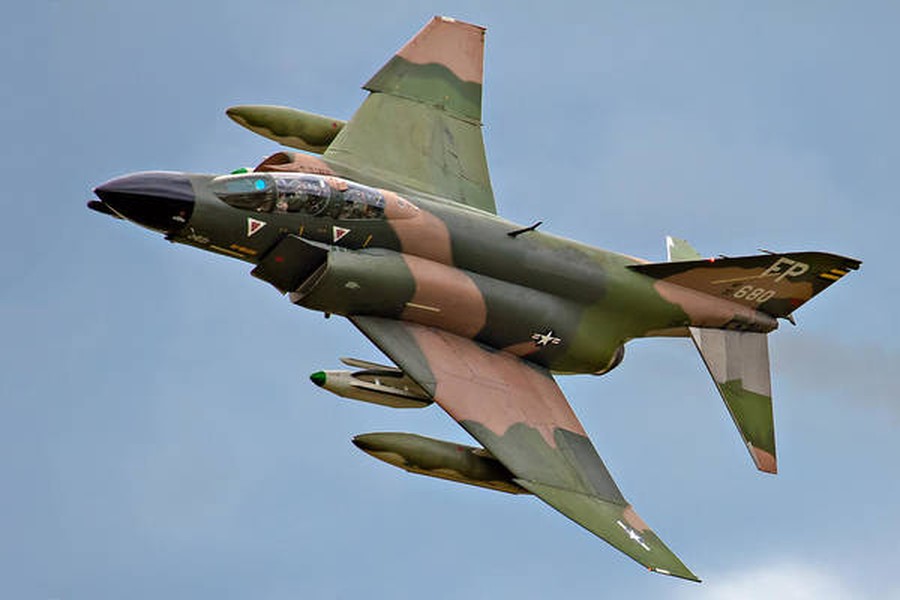The F-4 Phantom: A Symbol of Cold War Airpower and Why It’s Regarded as a Badass Plane
The F-4 Phantom, a legendary aircraft, played a significant role during the tense years of the Cold War in the 1960s and 1970s. With its distinctive design and remarkable capabilities, it became a symbol of Western tactical airpower. This article delves into the history of the F-4 Phantom, its production and variants, and explores the reasons behind its reputation as a “badass” plane.
Spanning from 1958 to 1981, the F-4 Phantom witnessed the production of 5,195 units across a dozen different variants. This staggering number solidified its place as the most prolific supersonic warplane ever constructed by the United States. These aircraft were not only utilized by the U.S. but were also adopted by a dozen other nations, further underlining the global impact of the Phantom.
Amidst the geopolitical tension of the Cold War, the F-4 Phantom emerged as a symbol of Western military might. Its sleek and imposing appearance, combined with its exceptional performance, made it an iconic representation of air superiority. During this period, the aircraft was prominently featured in various military and strategic roles, bolstering the reputation of the Western powers.
One of the key factors that contributed to the Phantom’s exceptional legacy was its remarkable versatility. The aircraft was designed to excel in multiple roles, including air superiority, ground attack, reconnaissance, and electronic warfare. Its adaptability to diverse mission profiles made it an invaluable asset on the battlefield.
The F-4 Phantom was equipped with cutting-edge technology for its time, including powerful engines, advanced avionics, and a robust weapons system. Its top speed of over Mach 2 and ability to carry a substantial payload of missiles and bombs further enhanced its combat effectiveness. The aircraft’s two-person crew setup, with a pilot and a radar intercept officer (RIO), allowed for efficient workload distribution during missions.
The F-4 Phantom underwent numerous modifications and improvements throughout its production years. Variants like the F-4B, F-4C, F-4D, and F-4E incorporated advancements in radar systems, weapon capabilities, and avionics. The F-4G Wild Weasel variant was specifically designed for suppressing enemy air defenses. Each variant brought enhancements that refined the Phantom’s combat prowess.
The reputation of the F-4 Phantom as a “badass” plane is well-earned. Its combat record is punctuated by numerous successful engagements and missions. It played a crucial role in various conflicts, including the Vietnam War, where it demonstrated its combat capabilities and resilience in the face of challenges. The Phantom’s ability to absorb damage and still return its crew safely to base earned it the respect of both its pilots and adversaries.
The F-4 Phantom’s legacy as a symbol of Cold War airpower and its badass reputation are intricately intertwined. Its widespread adoption, versatility, advanced capabilities, and combat success have solidified its place in aviation history. The Phantom’s enduring impact serves as a testament to the innovation and engineering prowess of its time, leaving an indelible mark on the world of military aviation.
Hits: 10










